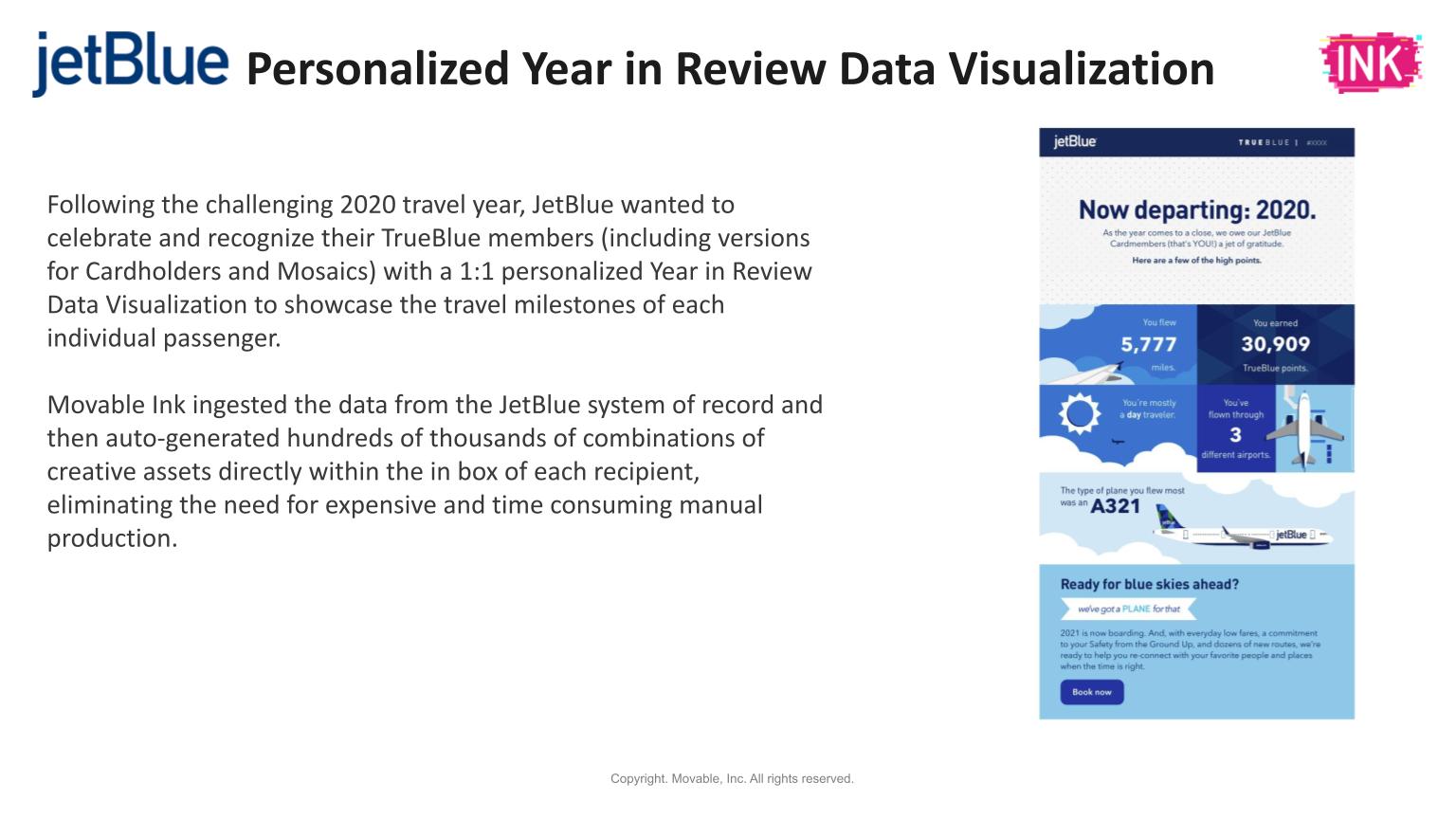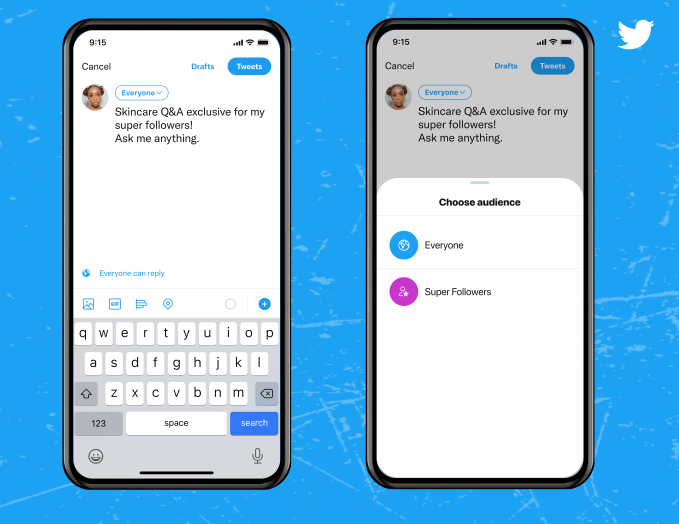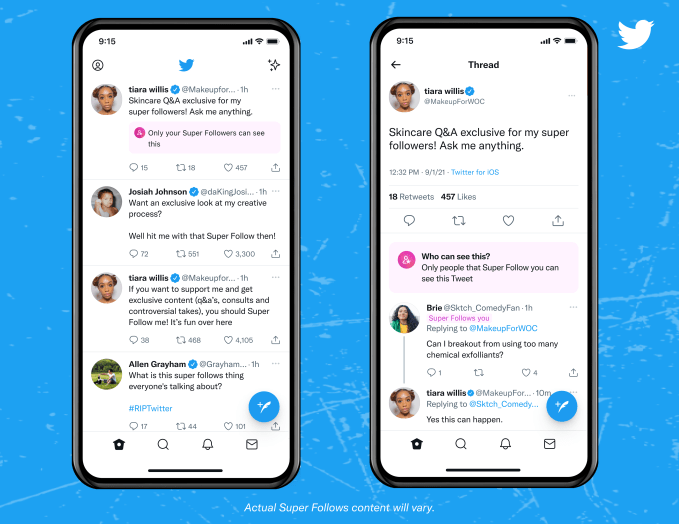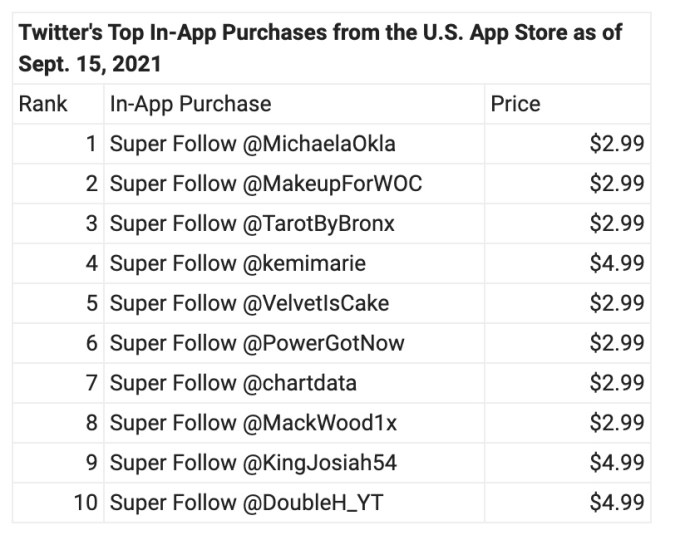When people are uncertain, they look to others for behavioral guidance. This is called social proof, which is a physiological effect that influences your decisions every day, whether you know it or not.
At Demand Curve and through our agency Bell Curve, we’ve helped over 1,000 startups improve their ability to convert cold traffic into repeat customers. We’ve found that effectively using social proof can lead to up to 400% improvement in conversion.
This post shares exactly how to collect and use social proof to help grow your SaaS, e-commerce, or B2B startup.
Surprisingly, we’ve actually seen negative reviews help improve conversion rates. Why? Because they help set customer expectations.
How businesses use social proof
Have you ever stopped to check out a restaurant because it had a large line of people out front? That wasn’t by chance.
It’s common for restaurants to limit the size of their reception area. This forces people to wait outside, and the line signals to people walking past that the restaurant is so good it’s worth waiting for.
But for Internet-based businesses, social proof looks a bit different. Instead of people lining up outside your storefront, you’re going to need to create social proof that resonates with your target customers — they’ll be looking for different clues to signal whether doing business with your company is “normal” or “acceptable” behavior.
Social proof for B2B
People love to compare themselves to others, and this is especially true when it comes to the customers of B2B businesses. If your competitor is able to get a contract with a company that you’ve been nurturing for months, you’d be upset (and want to know how they did it).
Therefore, B2B social proof is most effective when you display the logos of companies you do business with. This signals to people checking out your website that other businesses trust you to deliver on your offer. The more noteworthy or respected the logos on your site, the stronger the influence will be.
Social proof for SaaS
Depending on the type of SaaS product or service you’re selling, you’ll either be selling to an individual or to a business. The strategy remains the same, but the channels will vary slightly.
The most effective way to generate social proof for SaaS products is through positive reviews from trusted sources. For consumer SaaS, that will be through influential bloggers and YouTubers speaking highly of your product. For B2B SaaS, it will be through positive ratings on review sites like G2 or Capterra. Proudly display these testimonials on your site.
Social proof for e-commerce brands
E-commerce brands will typically sell directly to an individual through ads, but because anyone can purchase an ad, you’re going to need to signal trust in other ways. The most common way we see e-commerce brands building social proof is by nurturing an organic social media following on Instagram or TikTok.
This signals to new customers that you’ve gotten the seal of approval from others like them. Having an audience also allows you to showcase user-generated content from your existing customers.
How to collect social proof
There are five avenues startups can tap to collect social proof:
- Product reviews
- Testimonials
- Public relations and earned media
- Influencers
- Social media and community
Here are a few tactics we’ve used to help startups build social proof.
Source: Tech Crunch







